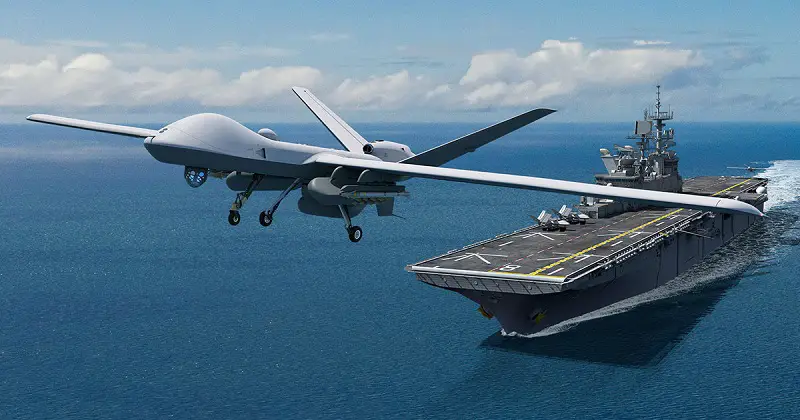Dave Alexander, the esteemed aerospace engineer and President of General Atomics Aeronautical Systems, Inc., has propelled the company’s dominance in unmanned aerial systems to new heights worldwide. Now, he unveils an innovative breakthrough in the field: the Short Takeoff and Landing (STOL) capability for the MQ-9B SkyGuardian and SeaGuardian. The STOL upgrade introduces unparalleled versatility to the already highly capable, long-endurance MQ-9B aircraft. With this enhancement, operators gain the ability to access and depart from a wider array of airfields in various locations. Whether a long, conventional airfield or a discreet, short field is required, STOL empowers users to switch locations seamlessly.
For strategic advantage, one could even combine takeoffs from well-known airfields with landings at unexpected and remote sites, confounding adversaries attempting to predict UAV recovery locations. Surprisingly, the STOL upgrade does not entail creating an entirely new aircraft. Instead, the process involves converting a standard MQ-9B to accommodate STOL operations and vice versa, based on mission demands. This adaptability not only revolutionizes aircraft use but also translates into substantial cost savings for customers. Retaining the highest-quality sensing, payload, and performance while gaining the ability to operate from shorter runways makes the STOL upgrade an attractive proposition for any aerial mission.

The implications of MQ-9B STOL extend to maritime operations, opening doors for new possibilities within the Marine Corps and Navy. The aircraft’s wing set, capable of folding, allows it to seamlessly integrate with amphibious assault ships like the USS America. This revolutionary integration enables the MQ-9B STOL to take off from ship decks without the need for catapults, significantly enhancing shipboard intelligence, surveillance, and reconnaissance capabilities. By extending the surveillance umbrella over the open ocean, this platform could serve as an organic Anti-Submarine Warfare (ASW) capability, bolstering the Navy’s defenses against submarines. Integrating the MQ-9B into existing ship command and control equipment is remarkably straightforward, leveraging the aircraft’s automatic takeoff and landing capabilities.
Moreover, maintenance and control can be managed effortlessly through compact, expeditionary laptop devices. The possibilities for manned-unmanned teaming allow for remote control via satellite, granting the aircraft global reach and adaptability. In summary, the STOL upgrade for MQ-9B SkyGuardian and SeaGuardian represents a groundbreaking advancement, unlocking boundless potential in aerial operations across diverse terrains and maritime domains. Dave Alexander and General Atomics Aeronautical Systems, Inc., have truly redefined the future of unmanned aerial systems with this game-changing innovation.












